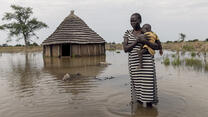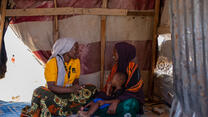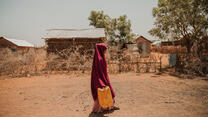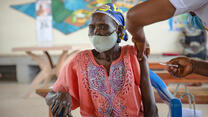The humanitarian landscape is changing. The world is urbanizing rapidly, and its ever-expanding cities will increasingly be affected by natural disasters and displacement crises. Despite the existence of sprawling refugee camps in countries bordering the world’s conflict zones, today some 60% of the world’s refugees live in urban contexts, most of them in the cities of conflict- affected or low-income countries struggling to maintain stability and provide services for their host populations. Such trends generate new challenges and opportunities for humanitarian actors.
Resource
Our efficiency
- 87% Program services
- 7% Management and general
- 6% Fundraising
Join our mailing list
Get the latest news about the IRC's innovative programs, compelling stories about our clients and how you can make a difference. Subscribe
International Rescue Committee is a 501(c)(3) not-for-profit organization. EIN number 13-5660870
Copyright © International Rescue Committee, 2026.



